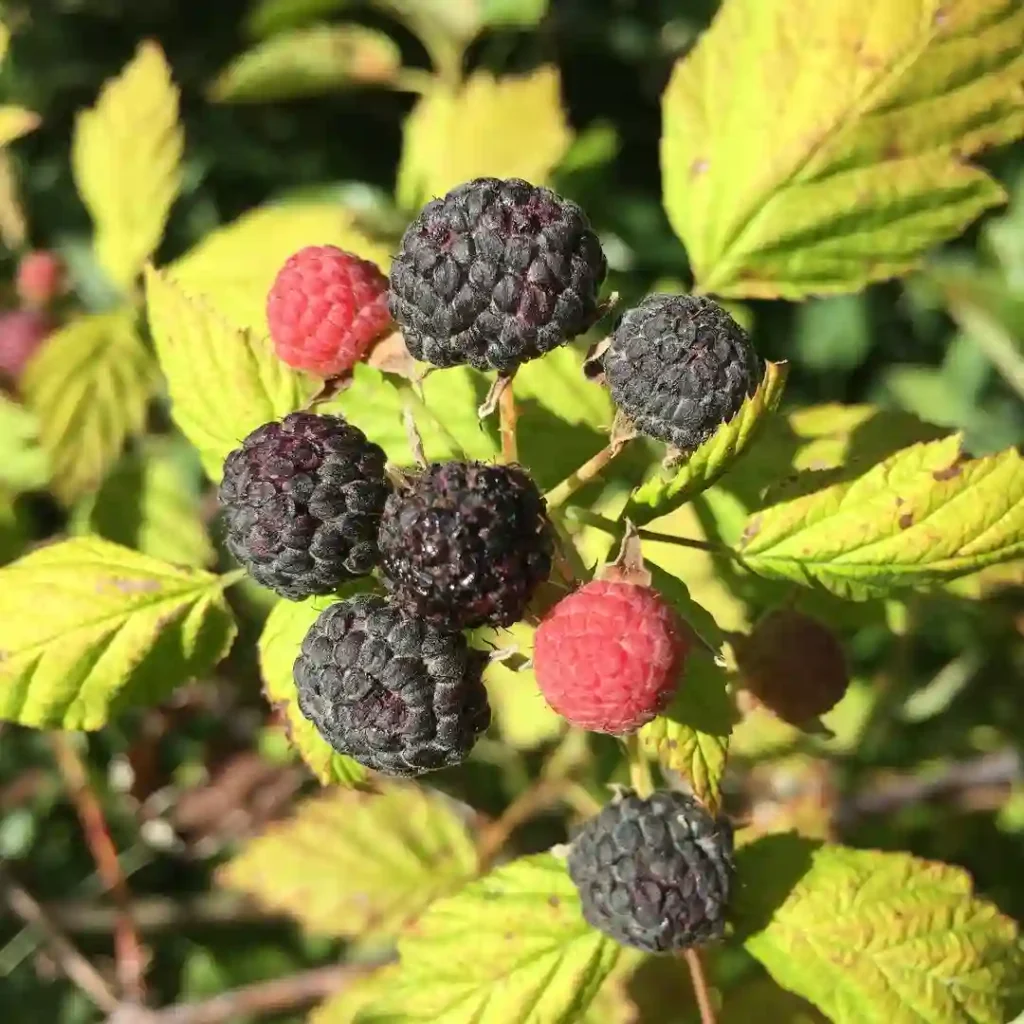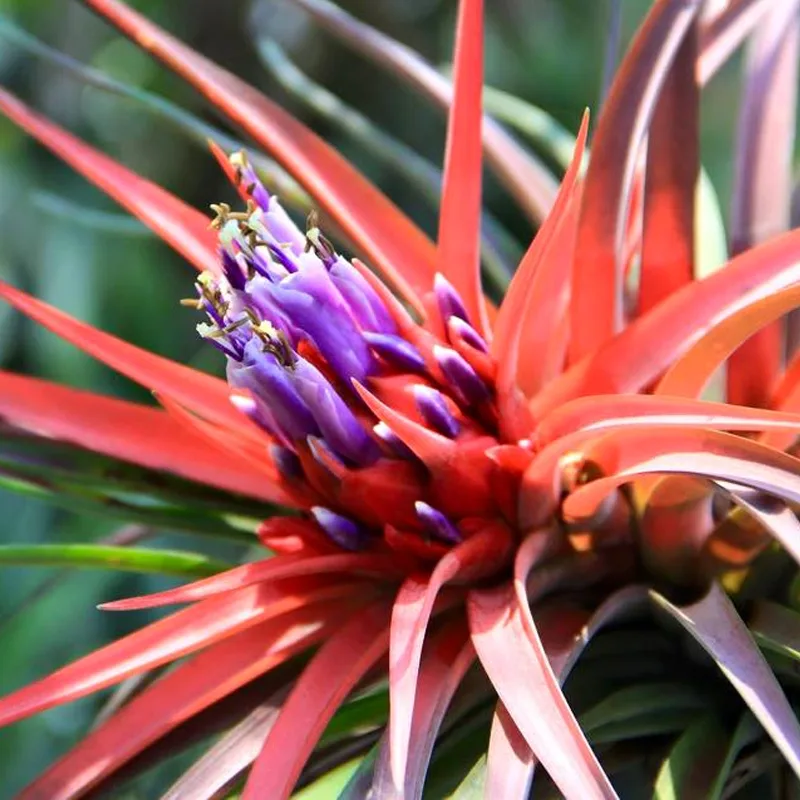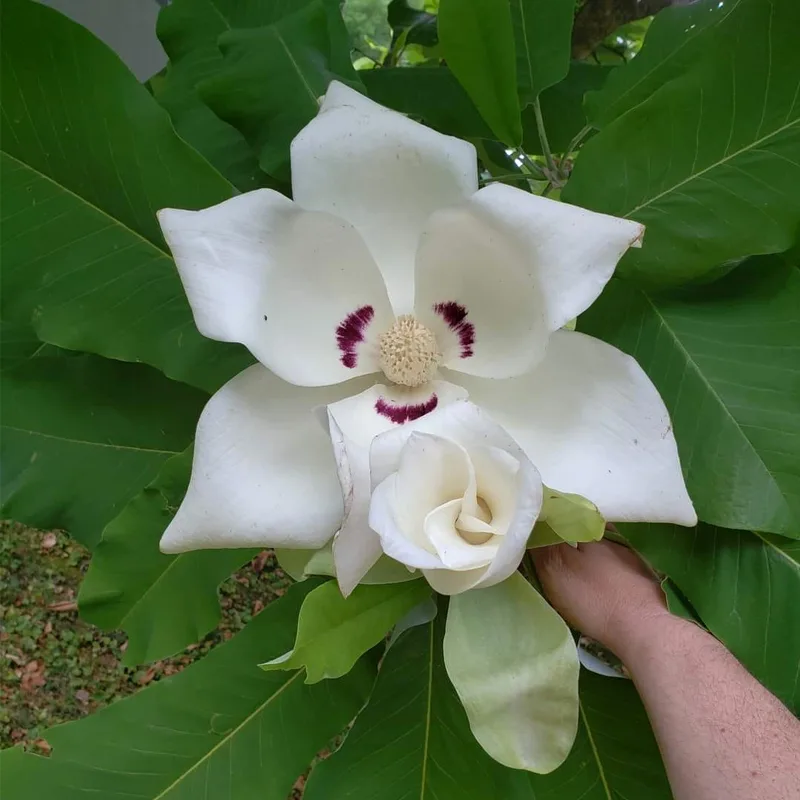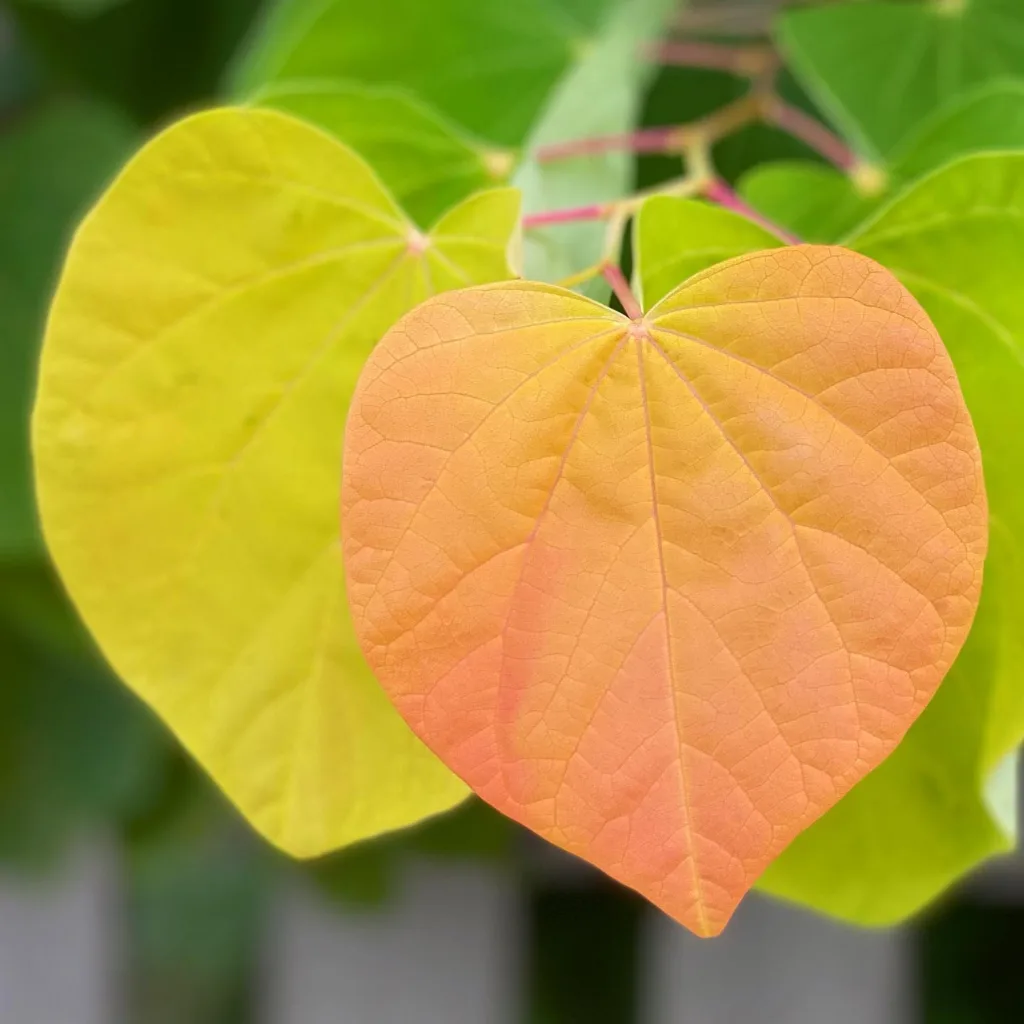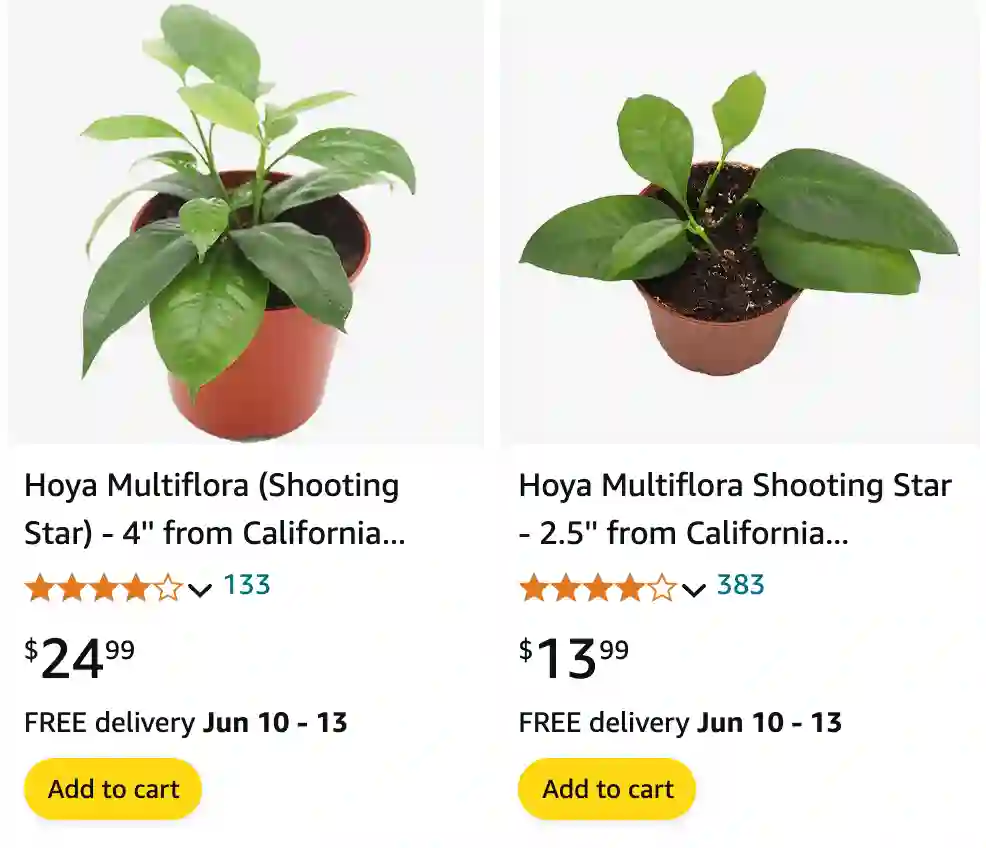
What is Hoya Multiflora?
For any plant enthusiast, the Hoya multiflora is a captivating discovery. Nicknamed the “Shooting Stars Wax Plant,” this tropical wonder isn’t just visually stunning; it’s surprisingly easy to care for. Over the years, cultivating Hoyas has become a passion, and the Hoya multiflora holds a special place in my collection. In this article, I want to share my experience with this beauty, offering insights into its care, propagation, and the joy it can bring.
Unveiling the Hoya Multiflora’s Magic
The Hoya multiflora boasts thick, glossy leaves that cascade elegantly. But the true stars of the show are its blooms. Clusters of fragrant, star-shaped flowers emerge throughout the year, resembling a celestial spectacle. These waxy blooms, often white with a hint of yellow in the center, have a mesmerizing beauty that never fails to capture my attention. The delicate fragrance, though subtle, adds another layer of charm to this captivating plant.
How to care for Hoya Multiflora?
One of the most delightful aspects of the Hoya multiflora is its relative ease of care. As a fellow plant lover, I know the frustration of a finicky flora. Thankfully, the Hoya multiflora thrives on neglect (well, almost). Here are some key things to remember:
- Light: Hoya multiflora prefers bright, indirect sunlight. Avoid harsh afternoon sun, which can scorch the leaves. A spot near an east-facing window is ideal.
- Water: This plant leans towards the drought-tolerant side. Allow the soil to dry completely between waterings. Overwatering is a surefire way to invite root rot.
- Soil: A well-draining potting mix is crucial. A mixture of cactus mix and perlite will provide the necessary aeration and prevent waterlogging.
- Temperature and Humidity: The Hoya multiflora flourishes in warm temperatures (between 65-80°F) and moderate humidity. Average household conditions are usually sufficient.
- Fertilization: A light feeding during the growing season (spring and summer) with a balanced fertilizer diluted to half strength is all that’s necessary.
Following these simple guidelines will ensure your Hoya multiflora thrives and rewards you with its celestial blooms.
How to Propagate Hoya Multiflora?
Sharing the beauty of the Hoya multiflora is a joy. Luckily, propagating this plant is a rewarding experience. Here are two effective methods:
- Stem Cuttings: Select a healthy stem with a few nodes. Cut it below a node at an angle. Remove the lower leaves and allow the cut end to callous over for a day or two. Plant the cutting in a well-draining potting mix and keep the soil lightly moist. New growth should appear within a few weeks.
- Leaf Cuttings: This method requires a bit more patience but can be successful. Select a healthy leaf and cut a thin sliver of stem tissue along the petiole (leaf stalk). Plant the petiole with the leaf node slightly buried in a moist potting mix. Encase the pot in a clear plastic bag to maintain humidity and place it in bright, indirect light. With time, roots and new growth should emerge from the petiole.
Tip: Apply a light fungicide to the cuttings before planting to prevent fungal infections.
What to Plant with Hoya Multiflora?
The Hoya multiflora’s cascading nature makes it a perfect candidate for hanging baskets or placing on a high shelf. But it can also be a stunning addition to a terrarium, its waxy leaves adding a touch of tropical elegance.
For a vibrant composition, consider pairing your Hoya multiflora with other like-minded plants. Succulents with similar light and watering requirements, such as Jade Plants or String of Pearls, can create a delightful arrangement. Air plants, like Tillandsias, can also be nestled amongst the Hoya’s foliage, adding a touch of whimsical flair.
Hoya Lockii vs Multiflora
The newly discovered Hoya Lockii, found in central Vietnam’s Thua Thien-Hue Province, is distinctively characterized by its pubescent features across all parts of the plant except the leaf blade and the corona, along with white-opalescent corolla lobes and corona lobes with mucronate apices, setting it apart from the closely related Hoya Multiflora Blume.
The journey with the Hoya multiflora is a captivating one. From its mesmerizing blooms to its relative ease of care, this plant offers a touch of starry wonder to any indoor space. With a little TLC and these simple tips, you too can cultivate your own celestial haven and share the magic of the Hoya multiflora.
